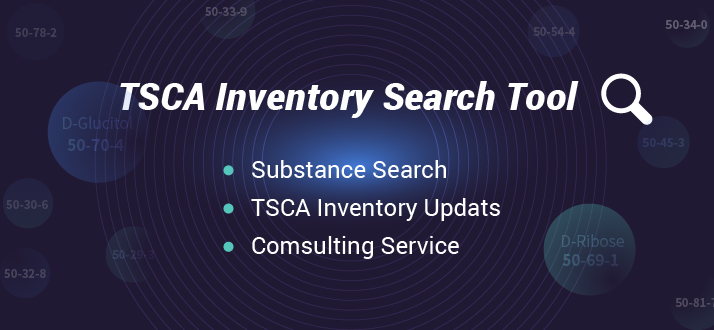Japan Publishes SDS Guidance for New ISHL Requirements
- Recommended uses as well as use restrictions
- Types of protective equipment to be used for the recommended uses
- Display and non-disclosure of ingredients concentration
In addition, detailed interpretation is given on issues regarding the regular update of SDS, the expanded delivery methods of SDS, and how to fill in SDS Section 2 if there is no GHS hazard classification or there have other hazards, e.g., dust explosion hazard.
Japan’s SDS follows a 16-section format which is internationally agreed. However, according to the revised ISHL, from April 1, 2024, in principle a specific concentration shall be indicated on SDS, rather than concentration range. The current maximum width of 10% for indicating concentration range will be abolished and concentration range can apply only if the ingredient has concentration range due to force majeure. This new requirement has attracted widespread attention from the industry. To better clarify the requirement, illustrative examples of how Section 3 and Section 15 could look are given in the guidance for multi-constituent substances.
For example, for mixture A, the ingredients are listed below, as well as the content (%). Whether they are controlled substances under ISHL should be identified since it relates to if they apply to CBI protection.
| Ingredients | Content (w/w %) | Listed as controlled substances? | ||
| Substances subject to mandatory SDS under ISHL1 | Substances subject to special regulatory measures2 | Substances with exposure limits3 | ||
| メチルイソブチルケトン
Methyl isobutyl ketone |
5-9%4 | Yes | Yes | Yes |
| 酸化チタン
Titanium (IV) oxide |
5% | Yes | No | Yes |
| 酸化銅
Copper oxide |
2% | Yes | No | No |
| 合成樹脂
Synthetic resin5 |
Above 84% | No | No | No |
Below are the rules for CBI protection:
- For substances subject to special regulatory measures, the chemical name, CAS number and concentration should be indicated on SDS. E.g., メチルイソブチルケトン (Methyl isobutyl ketone)
- For substances not subject to special regulatory measures, while with exposure limits, the concentration can be protected, while the chemical name and CAS number cannot be protected. E.g., 酸化チタン (Titanium (IV) oxide)
- For substances neither subject to special regulatory measures, nor with exposure limits, the chemical name, CAS number and concentration can be protected. E.g., 酸化銅 (Copper oxide)
Note 1: At present, a total of 674 substances, as well as their mixtures exceeding corresponding thresholds, are subject to mandatory SDSs and labelling requirements under ISHL. In addition, 234 substances (with content thresholds) have been newly designated for such mandatory requirements, which will be implemented on April 1, 2024, with a one-year buffer period granted until March 31, 2025 (CL news). For other chemicals, they can provide SDSs and labels on a voluntary basis. Click here to access the list of substances subject to mandatory SDS under ISHL.
Note 2: Substances subject to special regulatory measures are those regulated under the followings:
- Ordinance on Prevention of Hazards Due to Specified Chemical Substances
- Ordinance on Prevention of Organic Solvent Poisoning
- Ordinance on Prevention of Lead Poisoning
- Ordinance on Prevention of Hazards Due to Dust
- Ordinance on Prevention of Tetraalkyl Lead Poisoning.
Note 3: In the future, the MHLW will establish some standards as benchmarks for chemical management, e.g., exposure limits for substances. However, the list of substances with exposure limits hasn’t been published. For the above example, it was for assumption only.
Note 4: The true concentration of Methyl isobutyl ketone is a concentration range due to force majeure, which is not deliberately expressed as a range for CBI protection.
Note 5: Synthetic resin is assumed not regulated by any of the three main laws of Japan GHS (ISHL, PRTR, PDSCL) and hasn’t contributed to the GHS classification of the mixture.
Based on the above information, the chemical name and concentration of the ingredients in mixture A can be described in Section 3 and Section 15 as any of the four examples:
[Read Full Content on ChemLinked]
Reference Links
Japan Revises Rules for SDS and Labelling Under ISHL
More news on global chemical regulations
Contact Us
If you have any questions on Global GHS/SDS/Labelling, please feel free to contact us.
Tel: +86 (0)571-87007555
Email: customer@reach24h.com
